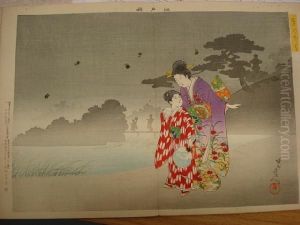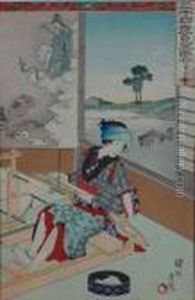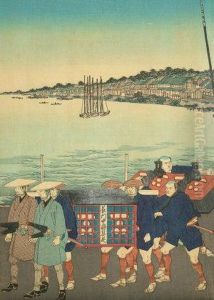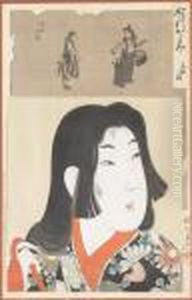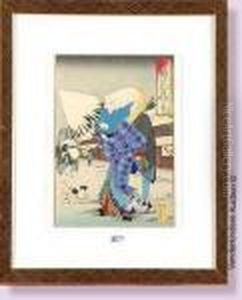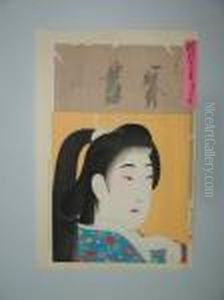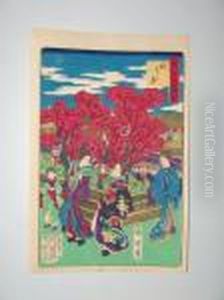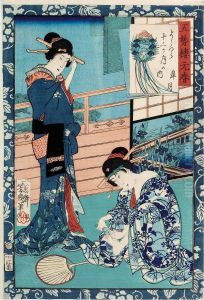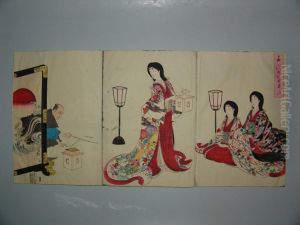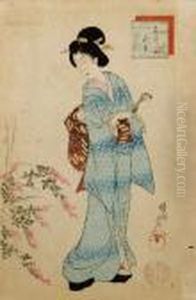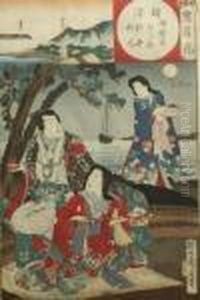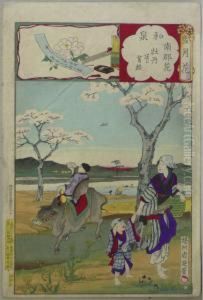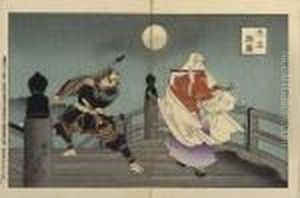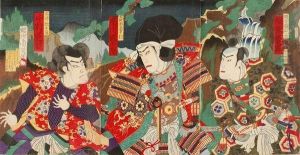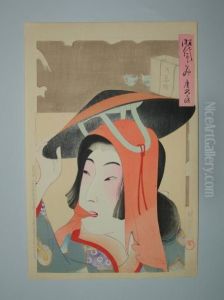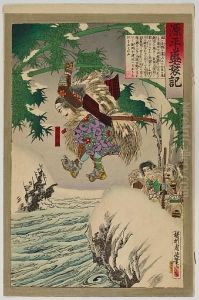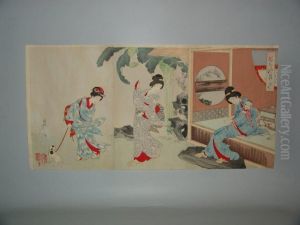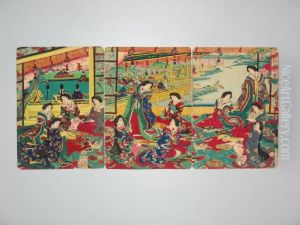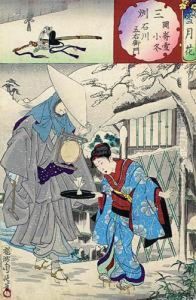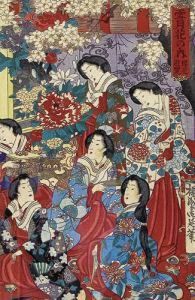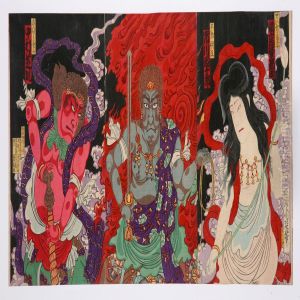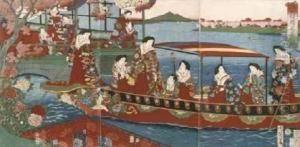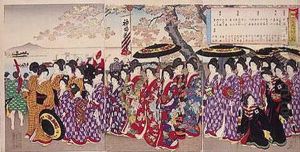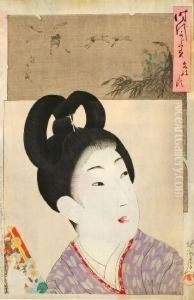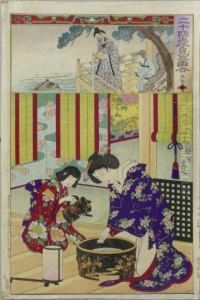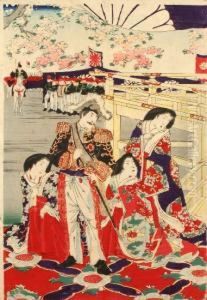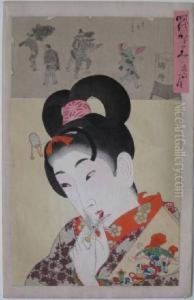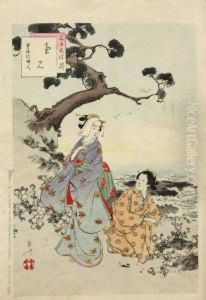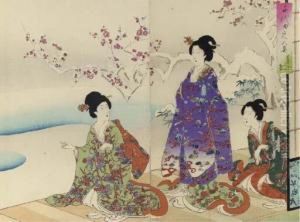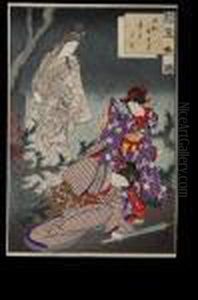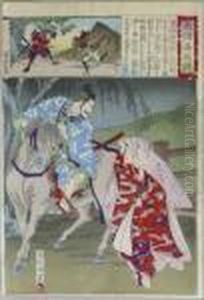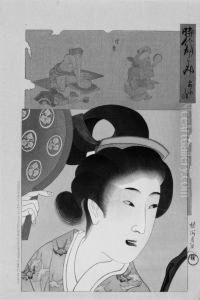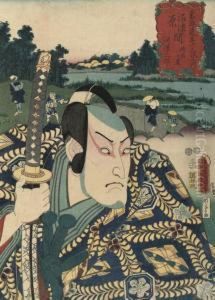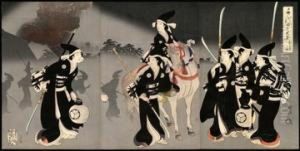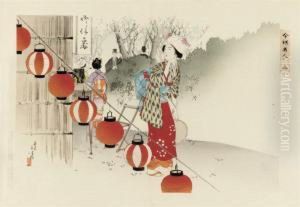Yoshu Toyoharu Chikanobu / Paintings
Yoshu Chikanobu, also known as Toyoharu Chikanobu, was a prominent and prolific Japanese woodblock print artist of the Ukiyo-e genre. Born in Niigata Prefecture as Hashimoto Naoyoshi on June 26, 1838, Chikanobu is best known for his works depicting the beauties of the Meiji period, as well as historical events and the imperial family.
Chikanobu started his artistic career after a period as a samurai in the service of the Tokugawa Shogunate, during which time he experienced the political upheavals that led to the Meiji Restoration. After the fall of the Shogunate, Chikanobu moved to Tokyo and turned to the arts. He studied under various masters, including Utagawa Kunichika, and developed his style which was characterized by a blend of traditional Ukiyo-e techniques with Western painting methods that were becoming popular in Japan at the time.
The Meiji period (1868-1912) was a time of rapid modernization and cultural change in Japan. Chikanobu captured this transition in his prints, which often juxtapose the new and the old, showing both the enduring customs and the Western influences that were transforming Japanese society. He is particularly remembered for his 'bijin-ga' (pictures of beautiful women) prints, which depict women in both traditional and modern dress, and for his series on the Chiyoda Palace, 'Chiyoda no O-oku' (The Ladies of Chiyoda Palace), which illustrates the life of women in the imperial court.
Chikanobu's work provides a valuable historical record of the changes occurring in Japan during the Meiji period. His prints are also admired for their vibrant colors, fine detail, and the elegance of the figures he portrayed. Despite the high quality of his work, Chikanobu faced financial difficulties throughout his life, partly due to the changing tastes in art and the decline in popularity of traditional woodblock prints.
Chikanobu continued to create art until his death on February 28, 1912. His legacy includes a vast body of work that remains popular with collectors and scholars of Japanese art and history. Through his prints, Chikanobu has provided a window into the world of Meiji Japan, capturing the essence of a culture in transition with beauty and sensitivity.
